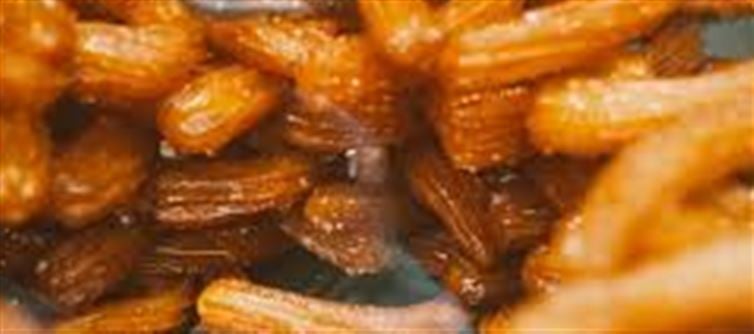
India’s sweet tooth is as diverse as its languages and landscapes. From crispy, syrupy delights in the North to rich, ghee-laden creations in the South, every region has a dessert that speaks to its culture and tradition. Let’s explore how Jalebi and Mysore Pak symbolize two ends of India’s sweet spectrum.
1. Jalebi – The Crown Jewel of North India
- What it is: Spiral-shaped deep-fried batter soaked in sugar syrup.
- Where it rules: Uttar Pradesh, Rajasthan, Delhi, Punjab, and Bihar.
- Why it’s loved: Jalebi’s crisp bite followed by a syrupy burst makes it irresistible. Often enjoyed hot with milk or curd, it’s a festive staple during Diwali, Holi, and weddings.
2. mysore pak – The Southern Showstopper
- What it is: A fudge-like sweet made of gram flour, ghee, and sugar.
- Where it rules: Karnataka, tamil Nadu, and Andhra Pradesh.
- Why it’s loved: Invented in the mysore royal kitchens, this melt-in-the-mouth sweet is rich in flavor and texture. Served in both soft and hard varieties, it’s a must during festivals like dussehra and weddings.
3. Ingredients Define Regional Flavors
- North India: Sweets often use milk, khoya, nuts, and sugar syrup—leading to delicacies like rasgulla, gulab jamun, and peda.
- South India: Sweets are dominated by ghee, coconut, rice, and jaggery, giving us treats like payasam, coconut barfi, and adhirasam.
4. Festivals and Traditions Drive Sweet Choices
- In the North, jalebi is a common morning treat on Independence Day and an essential part of wedding feasts.
- In the South, mysore pak is distributed in temples and homes during dussehra, a nod to its royal origin.
5. Texture and Taste: Crisp vs. Soft
- Jalebi offers a crispy, syrup-drenched indulgence.
- Mysore Pak delivers a buttery, crumbly, and ghee-rich melt that lingers on the palate.
✨ Sweet Truth: Whether you’re a fan of the North’s crispy Jalebi or the South’s golden mysore pak, indian sweets prove one thing—diversity is delicious. Each bite carries centuries of tradition, culture, and celebration.
Disclaimer:
The views and opinions expressed in this article are those of the author and do not necessarily reflect the official policy or position of any agency, organization, employer, or company. All information provided is for general informational purposes only. While every effort has been made to ensure accuracy, we make no representations or warranties of any kind, express or implied, about the completeness, reliability, or suitability of the information contained herein. Readers are advised to verify facts and seek professional advice where necessary. Any reliance placed on such information is strictly at the reader’s own risk..jpg)




 click and follow Indiaherald WhatsApp channel
click and follow Indiaherald WhatsApp channel